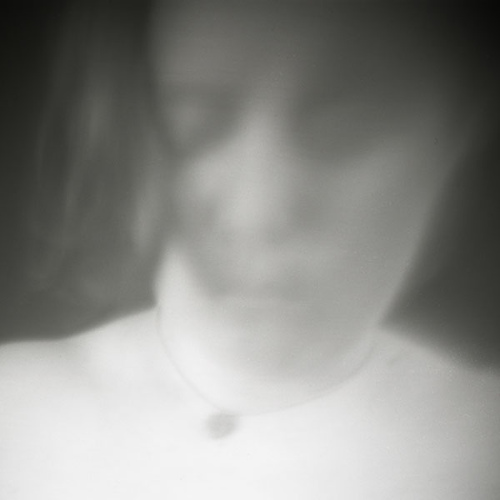Gordon Coale has a great explanation of how Packard shutters work: the super old-school pneumatic shutters that you can use on large format lenses without shutters of their own.
Used shutters are plentiful on eBay, and you can still buy them new (for a lot more money) from The Packard Shutter Company.
